Frontlist | Why is writing from the North East often ignored by mainland Indian literary culture?
Frontlist | Why is writing from the North East often ignored by mainland Indian literary culture?on Sep 24, 2020
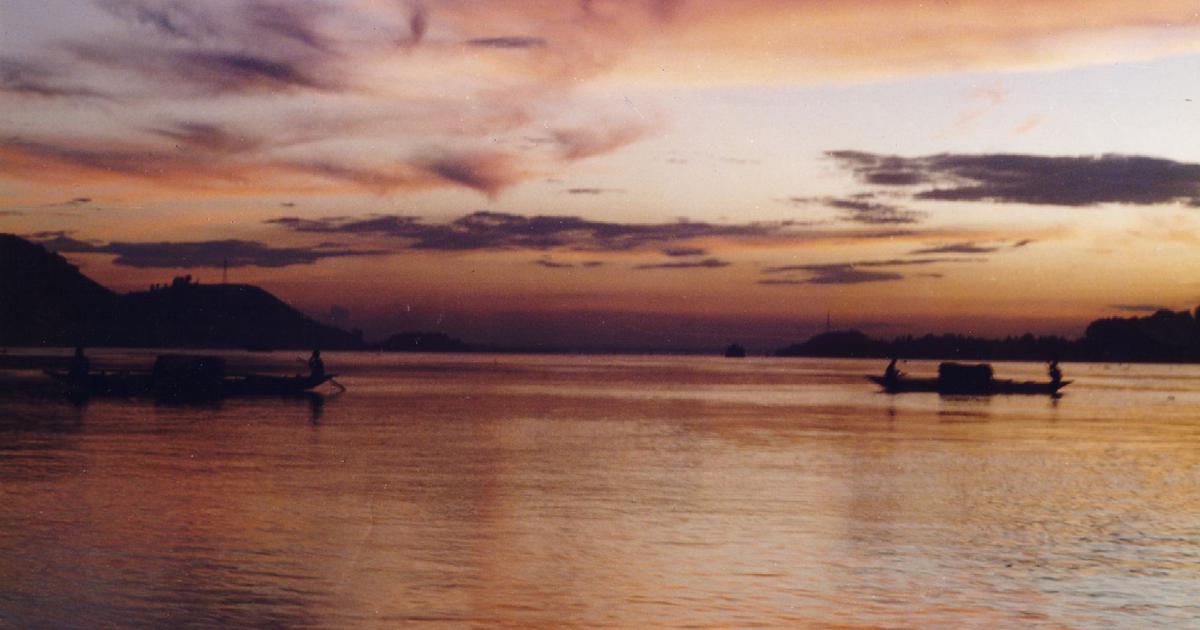
Writers in English from the region have produced brilliant books that deserve inclusion in any Indo-Anglian canon that purports to serve for India.
One week after India registered its first Covid-19 case and just a month before the nationwide lockdown, Prime Minister Narendra Modi travelled to Kokrajhar in Assam, the heart of autonomous Bodoland. It was a momentous occasion: his government had signed an historic tripartite peace accord that included the militant National Democratic Front of Bodoland. In exchange for considerable control over their own territory, and immediate economic aid of Rs 1,500 crores, 1,550 insurgents promised to surrender arms. This was real progress after two decades of strife, in which hundreds of people have been killed and dozens of villages destroyed. That conflict – which barely registers a blip on the national and international radar – provides the backdrop for Uddipana Goswami’s subtle, superb “Colours”, one of the standout contributions to How to Tell the Story of an Insurgency: Fifteen Tales from Assam (Harper Collins, 2020, Rs. 399) edited by Aruni Kashyap. She tracks the misadventures of a hopelessly bumbling, literature-obsessed tea-estate doctor, who upsets the uneasy social and political order, and triggers an eruption of bloodshed. “I suddenly realised that I myself had epitomised all the things I had hated all my life,” he says. Goswami’s story is an excellent double-barreled reminder: on the one hand, tremendously exciting literature is pouring out of the North East states of India, but it’s equally true we are not very far removed from the violence that convulsed the region until an enduring modus vivendi took hold in several separate hotspots. In his introduction, Kashyap says this “wide variety of experiences on what it means to live under the shadow of the gun” was meant “to depict the experience of minorities, settler-communities and tribal people, and their experience of caste, class and a torn social fabric”.Unusual variety of perspectives
For the most part, How to Tell the Story of An Insurgency lives up to that promise. There are vivid accounts from an unusual variety of perspectives: Cotton College boys drinking on the sly in Guwahati, a half-reformed militant with PTSD, an extended family arbitrarily rent apart by the border. A handful are unforgettable, including Jahnavi Barua’s tender The Vigil, about the mother of two sons on different trajectories, one in the police and the other militant, “leaving her hands full of emptiness”. I especially liked two stories translated from Bodo by Nandeswar Daimari and Katindra Swargiary. As Kashyap writes, “Why can’t we have anthologies from Assam where the work is written in more than one language? An anthology that suggests that Assam is polyphonic, where people write in several languages?” In fact, those excellent questions have broader implications for the way we think about Indian literature in general. When you get down to it, where’s the polyphony? The diversity? More specifically, where’s the North East? As occurs with metronomic regularity, these issues rankled again last month when Mint Lounge commemorated Independence Day by publishing its “guide to India in 50 books” (that were originally written in English). The next day, an incensed Kashyap posted on Twitter, “Not a single book from Northeast India here. What a shame this list is. Erases not only a unique region but a unique literary tradition. Can’t accept this racist erasure…Love so many books here but this list is an eg of how India’s mainstream literary culture continues to erase misread misrepresent Northeast India’s unique literary tradition. Seems its hard for ppl to see without their racist lenses.” In response, the anthropologist and author Dolly Kikon – she lives in Melbourne but her roots are in Nagaland – tweeted what was on the mind of many other people, “Very good! Finally. A 15th August list that is honest enough unlike all the shallow fluffy songs causing migraine from Northeast India. Thanks for clearly saying buzz off Northeast India: and take all your writers and thinkers and poets with you.” Her sentiment was echoed by Akhu Chingangbam, the lead singer of Imphal Talkies, who summarised, “One way of looking at it is we are not actually part of India.”An explosion
Reading along in Goa, I was struck by how little things have changed over the past two decades, even though publishing in India has exploded in size, scale and ambition, and online booksellers have made it possible to get almost any book delivered to our homes. Most of all, I recalled my first trip to Shillong, where I visited North-Eastern Hill University to meet the poets Robin Ngangom (he is Meitei, and originally from Manipur) and Kynpham Sing Nongkynrih (who is Khasi). Books had brought me to Shillong. I had been blown away by Siddhartha Deb’s haunting 2002 Point of Return, and then beguiled hook-line-and-sinker by Anjum Hasan’s bravura 2007 Lunatic in My Head. They had drawn me into an unknown world: tribal and globalised at the same time, not-quite-India and perfectly content to remain that way. What is more, all of this great writing was in English. I knew that I needed to go, and eventually spent a month in the Khasi Hills with my family. Robin and Kynpham’s 2009 Dancing Earth: An Anthology of Poetry from North-East India had just been published, and introduced me to a range of phenomenal poets, many of whom had been educated in Shillong. Then I read Dhruba Hazarika’s moody, atmospheric 2006 Bowstring Winter, which led me to arrive at an epiphany: this was one of the great literature capitals of the subcontinent. Sounds outlandish? Let the evidence speak for itself. Just compare Shillong to Bengaluru. “The Silicon Valley of India” spills over with at least five times the population as the capital of Meghalaya. So what’s the great Indo-Anglian Bangalore novel? *Crickets* There isn’t one. By far the best writing on that city is in Vivek Shanbhag’s Ghachar Ghochar, which was written in Kannada. Meanwhile, Shillong has produced an entire shelf of great novels in English (and it is fair to bet Kynpham Sing Nongkynrih’s soon-to-be-published epic will shift the balance even more decisively).Powerful writing
Several other writers in English from the North-East states have produced brilliant books that deserve inclusion in any Indo-Anglian canon that purports to serve for India. Mitra Phukan’s 2005 The Collector’s Wife is an exceptionally beautifully rendered portrait of plantation living during the heyday of separatism. Chetan Raj Shreshta’s first novella (there’s another as well) in the 2013 King’s Harvest might be the single most rollicking read in modern Indian writing. Jahnavi Barua’s finely etched 2008 Next Door is easily amongst of the best story compilations of the last couple of decades, as is Janice Pariat’s lovely 2012 Boats on Land. There is the singularly powerful poetry and prose of Mamang Dai of Arunachal Pradesh – a bona fide national treasure – whose 2014 The Black Hill won the Sahitya Akademi Award. When I wrote to ask her opinion about recognition for writers of the North-East, she responded, “Another time, another paper, the list may be different. I don’t think it was intentional to exclude us. I also don’t think there is a lack of interest. We just have to connect more- in pockets, or cross country, and have to work at it from here, the region, too.” Dai told me, “When we do make it to Delhi and go to a bookshop usually our books are not in stock. For how long? How are the sales going? Will the publishers supply more books? Are they balancing supply and demand, vis-a-vis books by North Eastern writers? We hesitate to ask and rarely find out.” She said her own recommendations from the region would be the 2006 Where the Sun Rises when Shadows Fall edited by Geeti Sen, and 2010 The Peripheral Centre edited by Preeti Gill. Any list of the very best writers in English from India cannot possibly overlook Easterine Kire (she is from Nagaland, and another national treasure) whose 2017 Son of the Thundercloud won the Book of the Year at the Tata Literature Live festival, and 2015 When The River Sleeps won The Hindu Prize. She told me “I’m not surprised, so I was not offended. It made me think, is it important to be counted in this list? Possibly not.” Her “best-of” recommendations included Malsawmi Jacob’s Zorami, Veio Pou’s Literary Cultures of Northeast India, and In the Shadows of Naga Insurgency: Tribes, State and Violence in Northeast India by Jelle JP Wouters.Triggering discourse
“I saw the list and agreed with some parts of it, and laughed at the others,” said Prajwal Parajuly, one of the more remarkable literary phenomena to emerge from the subcontinent in recent years. He was discovered and published first in the UK, and The Gurkha’s Daughter was immediately nominated for The Dylan Thomas Prize and The Story Prize in the US. His debut novel, Land Where I Flee was recently published in translation in France, where it has already been nominated for the Emile Guimet Prize and the First Novel Prize. “That’s how lists are,” said Parajuly, “They trigger discourse. They make people angry. Writers love lists if their books feature on them and hate them if they don’t. When the Huffington Post America approached me seven years ago to write a piece ridiculously titled “10 INCREDIBLE SOUTH ASIAN NOVELS,” I was criticised for not including anything from Sri Lanka, Nepal, Bhutan and Bangladesh. Come to think of it, I hadn’t included any book from the North East either.” At 35, Parajuly represents the millennial generation of writers, artists, musicians and designers who have turned so many cities in the North East into super-interesting hives of creativity. In some crucial instances, the catalyst has been an intrepid entrepreneur like 30-year-old Martin Thockchom, whose tiny, lively Ukiyo Bookshop has hugely boosted the reading culture of Imphal, and last year hosted a most promising literature festival that was the first of its kind in Manipur. No better example of one-person cultural renaissance exists than 40-year-old Raman Shreshta, who has turned his family-owned Rachna Books into an essential culture centre (disclosure: I served on the 2015 Publishing Next jury that awarded Rachna the title of Best Bookshop in India). Its presence is one big reason that Gangtok – Sikkim is awkwardly cobbled together amongst the North East states without much rational justification – has been constantly churning out writing talent of the highest standard, including Parajuly and Chetan Raj Shreshta. Bookman – as Raman Shreshta calls himself on Twitter – had the most memorable reaction to the recent list kerfuffle. He piled up dozens of the books from the region – including all those I have mentioned here – and posted the picture. It spoke for itself. Here was an undeniably significant body of literature with its own centre of gravity. When I emailed him to enquire further, he wrote back, “It is important to acknowledge that reading habits are driven by dominant influences. Publishers have their own imperatives – sellability, the bottom-line – which inform their choices. Consequently, what they choose to push, on social and other media is driven by those imperatives.” Shreshta asked, “Are readers concerns with the NE so deep that they want to read more from here? Are they bothered? Our post highlighting those books readily available with us (some 80 titles) from the NE went viral. We have got a number of readers, from the region as much as from the rest of India asking us for these books. The response was incredible to see. What surprised me was the number of readers from the NE who contacted us for books by writers from their own state. Which brings me back to the pressure and the sense of ‘belonging’ that publicity by the western publishers (in India and the world at large) creates in our psyche. When we are making requisition lists for our bookstores we choose a mediocre author we see trending on Instagram over a brilliant writer from closer to home.” https://www.livemint.com/mint-lounge/features/the-guide-to-india-in-50-books-11597389813634.html
Books and Ideas
Frontlist
Frontlist Book
Frontlist Books
Frontlist News
guwahti novels
North East books
North East India books
shillong novels

.jpg)







.jpg)
.jpeg)
.jpg)
.jpg)
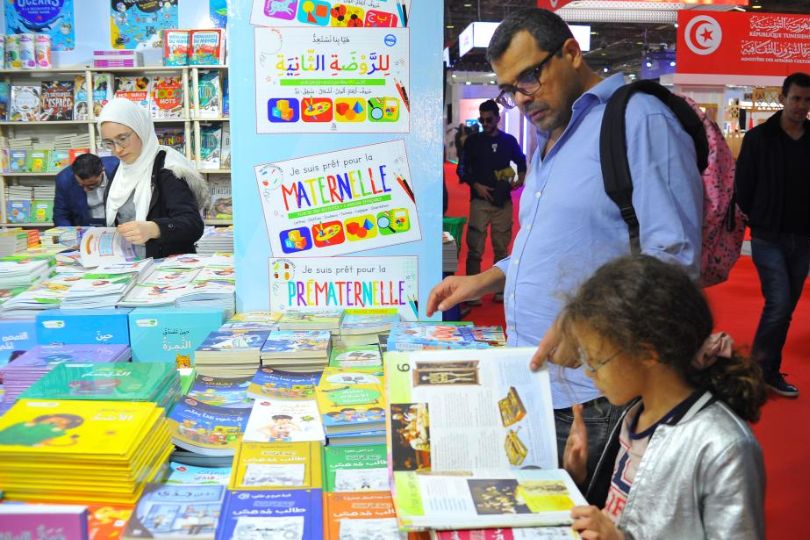



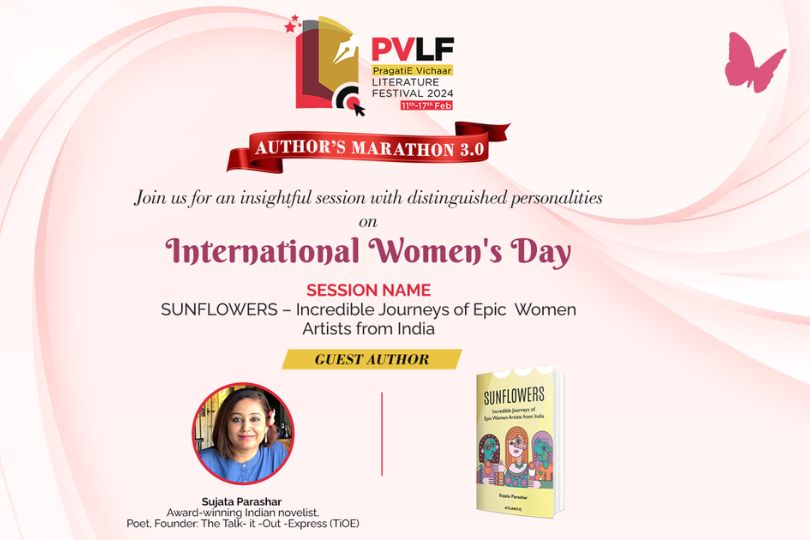
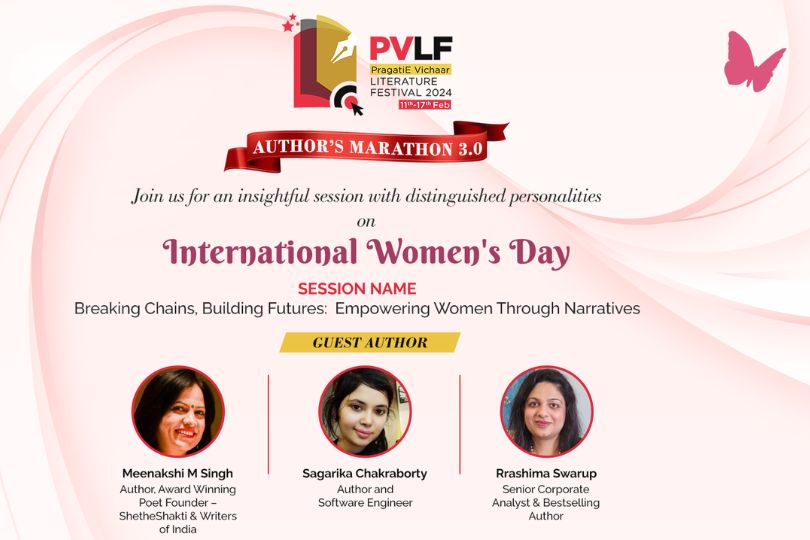
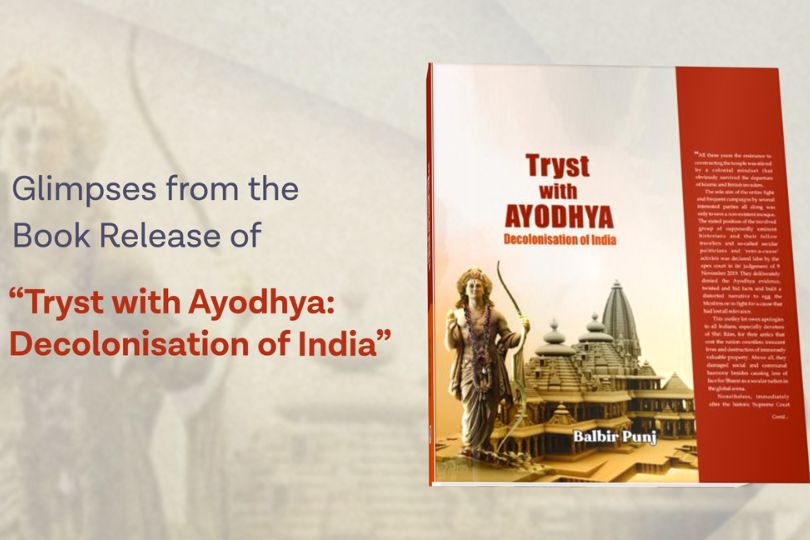
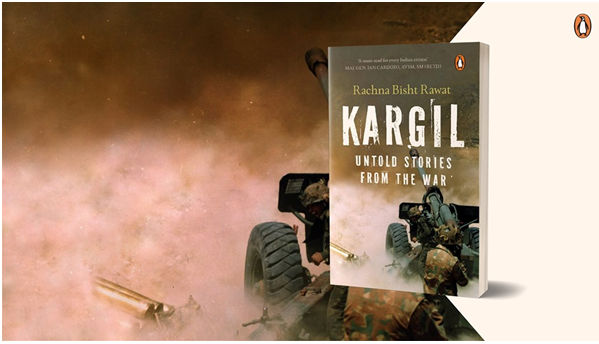
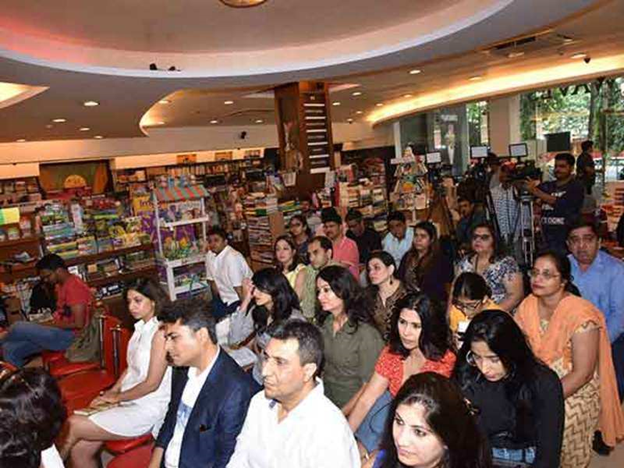

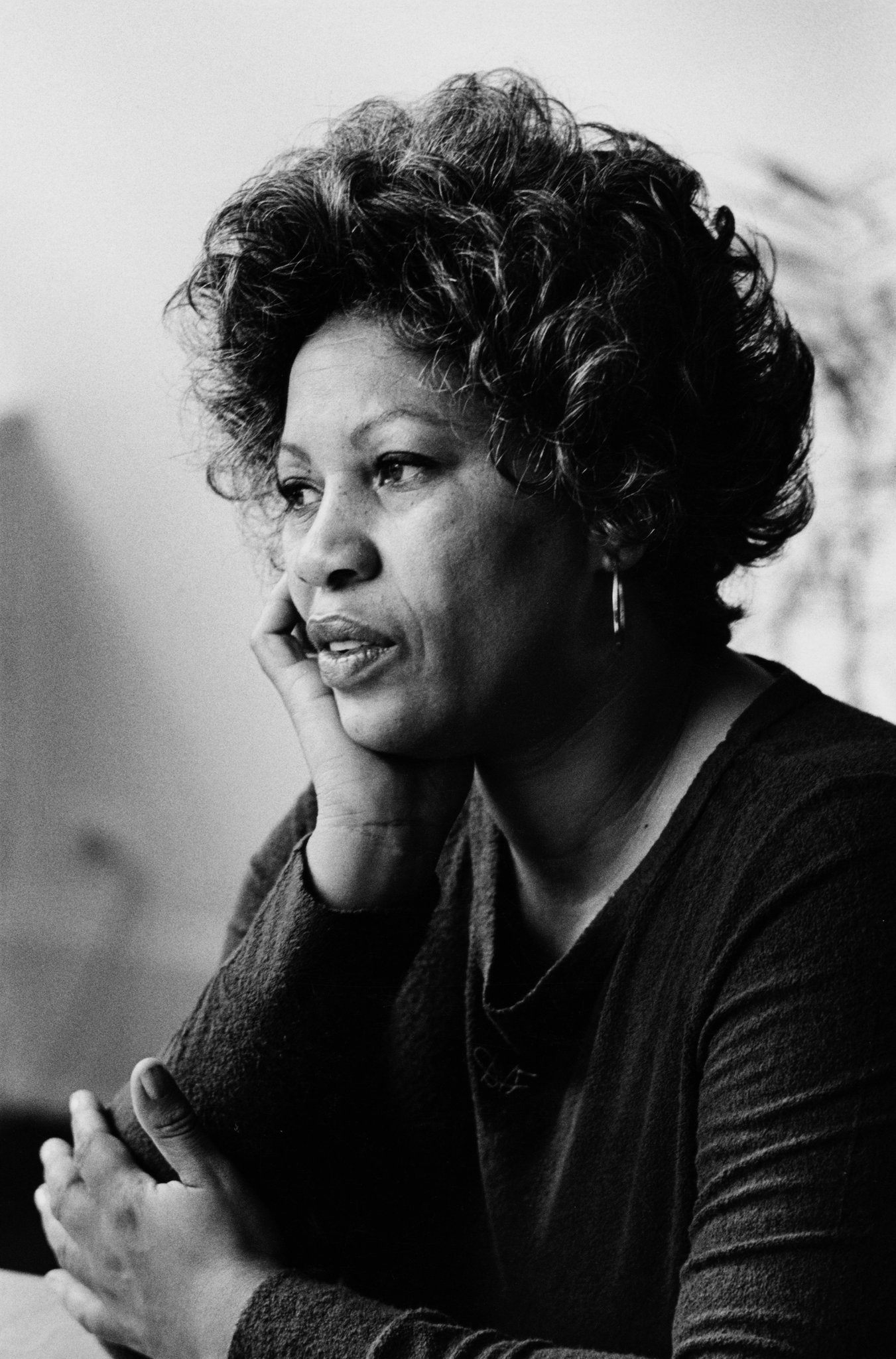
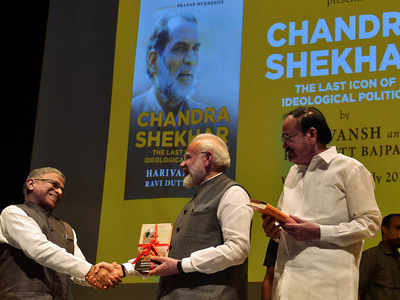



Sorry! No comment found for this post.